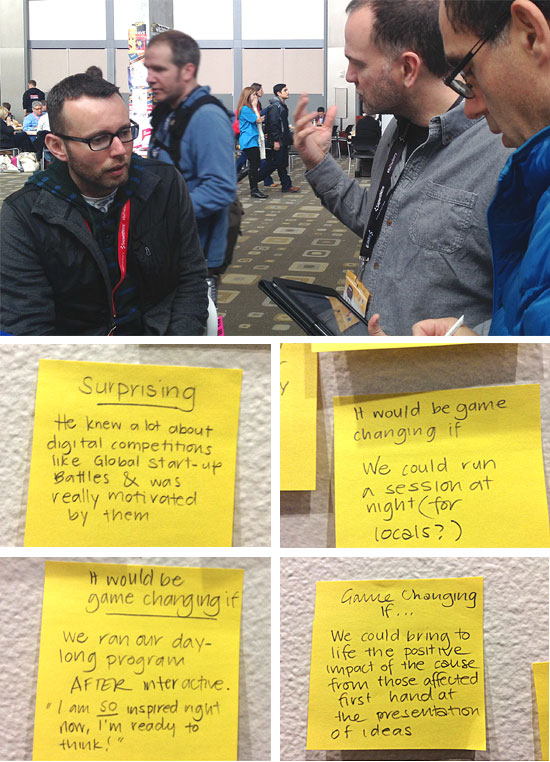It’s a simple question. Unfortunately, most health care organizations struggle for the answer.
The term patient-centered care has been in our vernacular for many years now. While definitions may vary slightly, most agree that at its essence, patient-centered care is care designed around the patient.
The term patient-centered is referenced in mission statements, press releases and most committee meetings. I regularly talk to the leadership of hospitals, health organizations and medical companies across the country. Nearly everyone has used this term when describing their type of care delivery. However, almost none of these organizations used the term “patient-centered” to describe their brand.
Why?
If putting the patient at the center of our care delivery is considered best practice for outcomes and patient satisfaction, why wouldn’t we put the patient at the center of our overall brand experience?
The Mayo Clinic is an organization that is moving in this direction. Mayo’s Center for Innovation was created to transform the experience and delivery of health care. They take “patient-centered” beyond the traditional avenues of delivering “care” by infusing it throughout the brand experience.
Mayo did this by design. Human-centered design to be more specific.
Human-centered design places the individual’s needs, values and desired outcomes at the very center. Sound familiar?
The design can be of a product, process, experience, communication, website or even a brand. Nearly anything that can benefit from thoughtful planning will benefit from this approach. Mayo has used human-centered design principles to successfully develop mobile apps, web video and text consultations with specialists and even coaching models for caregivers.
This spring at the South by Southwest Festival (SXSW), I was reminded of the power of human-centered design. At a breakout SXSW session, I had the pleasure of working with folks from Stanford University and IDEO on a human-centered design project. Team members from all over the world were put together to develop a way to leverage the brainpower of SXSW participants to help local charities.
Human-centered design principles were put into action.
For example, we began with a “beginners mindset.” Allowing our subject to be the “expert” on their situation. Empathy was gained through listening and observation. Judgment was delayed. Stories were shared about what brought them there and what outcomes were desired.
The challenge was clarified.
Our team then developed rapid prototypes for engagement strategies, desired experiences and overall workflow implementation. The prototypes were tested with conference participants and reworked based on their feedback. The process was repeated several times with different participant groups until our ideas rang true. The final prototypes were presented to SXSW for others to implement at a later date.
The human-centered design process allows you to gain deep insights into the individuals you are trying to help, this provides the opportunity to help our patients at every brand touch point. It can be a calming voice at registration or navigable signage. It can mean communicating a clear choice in our advertising or developing a website that is easy to use on a patient’s phone. In any context, applying human-centered design principles throughout the brand can allow your whole organization to become patient-centered.

Human-centered design requires getting out in the field and talking one-on-one to the people you are trying to help, identifying things that challenge your preconceptions and what could really be a game-changer are especially noted.


